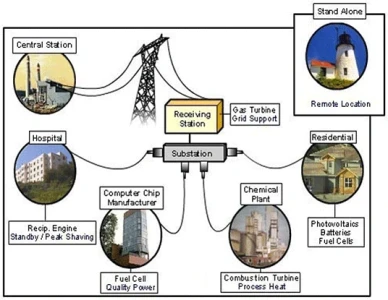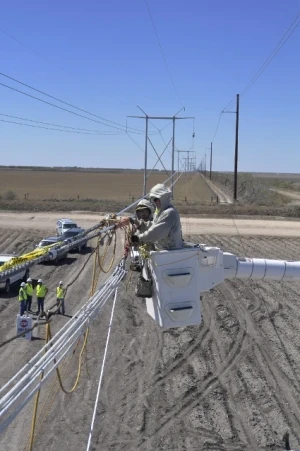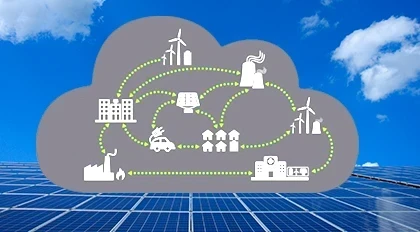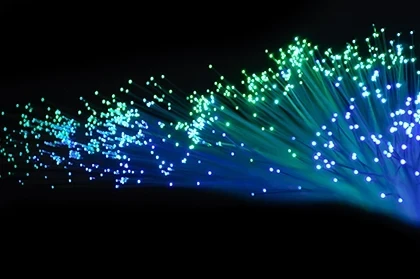Information Technology and the Power Grid

Ten information technology trends transforming the power industry
BY PHILL FELTHAM, Editor-in-Chief
Electricity Today Magazine
Information technology is a term that almost sounds like a cliché. However, information technology, or IT, has affected almost every industry worldwide. For example, the healthcare industry now uses e-health, a system as defined by McMaster University as “the knowledge, skills, and tools which enable information to be collected, managed, used, and shared to support the delivery of healthcare and to promote health”. Likewise, information technology has transformed the power sector, an industry that, in the past, has been called conservative and slow-paced in terms of adapting new technologies.
Literally, information technology (in this case, the Smart Grid) has enabled North American electric utilities to expand the capabilities of the power grid to improve reliability, efficiency, sustainability, and customer interactivity.
According to Bruce Campbell, the Chief Executive Officer of Independent Electricity System Operator (IESO), Smart Grid technologies are providing better monitoring, control and automation of many aspects of consumers’ energy use.
“Technologies ranging from smart appliances in the home to sophisticated building control systems are allowing customers to help make the grid more reliable without affecting their comfort or convenience,” Campbell said. “In this regard, we are at the beginning of what many believe will be a transformational journey.”
Campbell pointed to four factors that are contributing to this transformational journey. “First, the cost of solar panels has fallen to the point where, according to experts, we are within ‘striking distance’ of grid parity. Second, storage is cheaper than ever. Third, there are more internet-connected devices than human beings on earth.
Finally, microgrid developments are more common than ever.” The combination of the four aforementioned factors gives a glimpse of tomorrow’s energy system. Tomorrow’s network, according to Campbell, is inexpensive, homegrown energy distributed across microgrids that promotes resilience independent of traditional power networks.
CUSTOMER CONNECTIVITY
Information technology is moving the electricity industry toward a greater connection between the customer, the control room, and all points in between. “Information technology that optimized electrical flows on the power grid was almost exclusively used by a small club of system operators a decade ago. Nowadays, technology is advancing both the need and the ability to perform this optimization at the distribution system level, the microgrid level, the building site level and even at home through the latest app on your smart phone,” said Campbell.
Utilities and system operators are capitalizing on advancements in technologies to improve connectivity with their customers. IESO, the crown corporation that balances the supply and demand of electricity in the province of Ontario, is looking at a number of mechanisms that will allow for a greater role for the load side of the market.
“Right now, we
[IESO] are preparing to integrate greater levels of demand response into the market,” Campbell said. “We are also enthusiastic about other market mechanisms that can open the door to greater consumer contributions to help balance the system.”
THE BOTTOM LiNE
Gartner, Inc., an information technology research and advisory company, has identified a number of technology trends to watch for in the future (see “Top Ten Technology Trends” sidebar). I can only imagine how these technology trends will build the network of tomorrow.
TOP TEN TECHNOLOGY TRENDS Rated in no particular order 1. Social Media and Web 2.0 2. Big Data 3. Mobile and location-aware technology 4. Cloud computing and software as a service (SaaS) 5. Sensor technology 6. In-memory computing 7. Information and operation technology convergence 8. Advanced metering infrastructure 9. Communication technology 10. Predictive analytics Source: Gartner, Inc.








